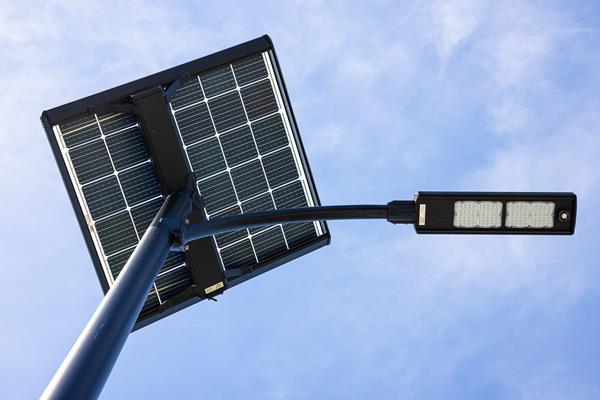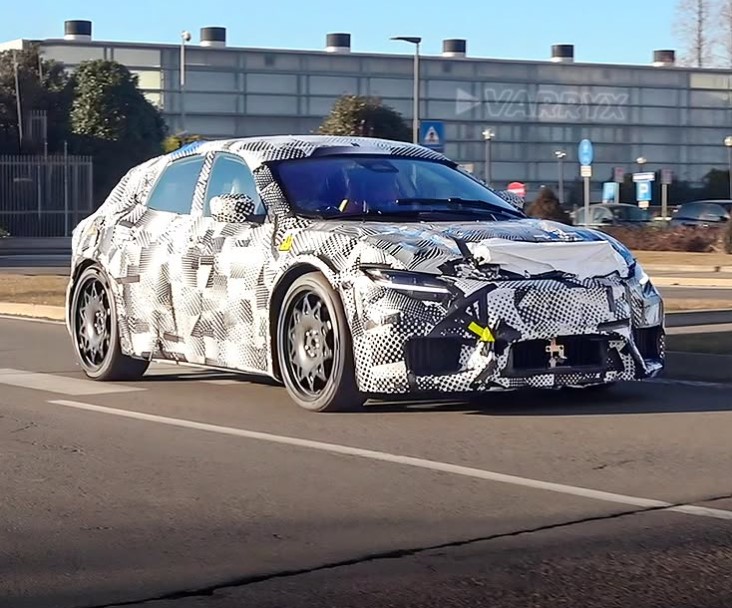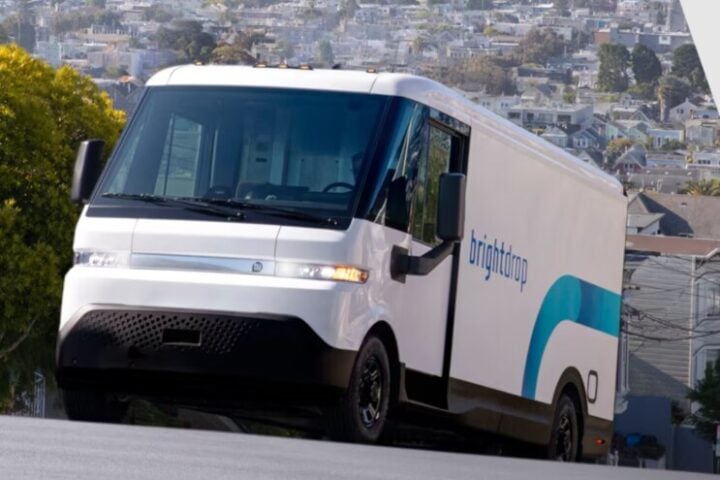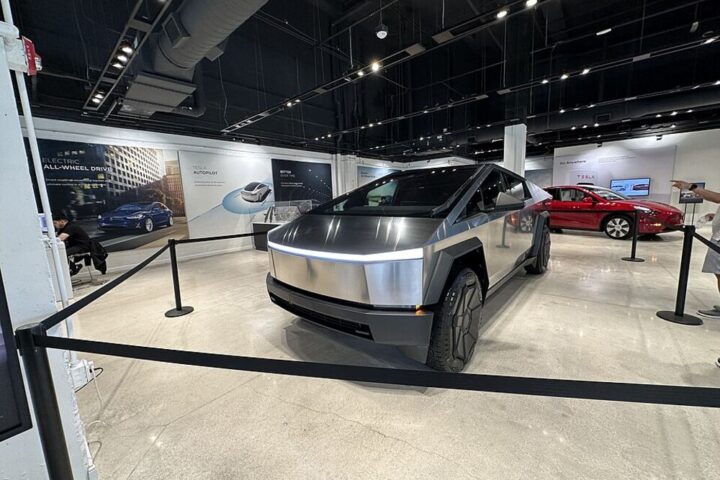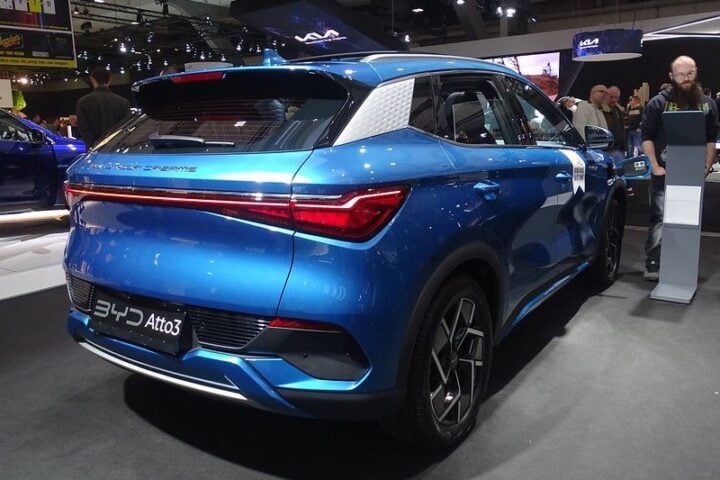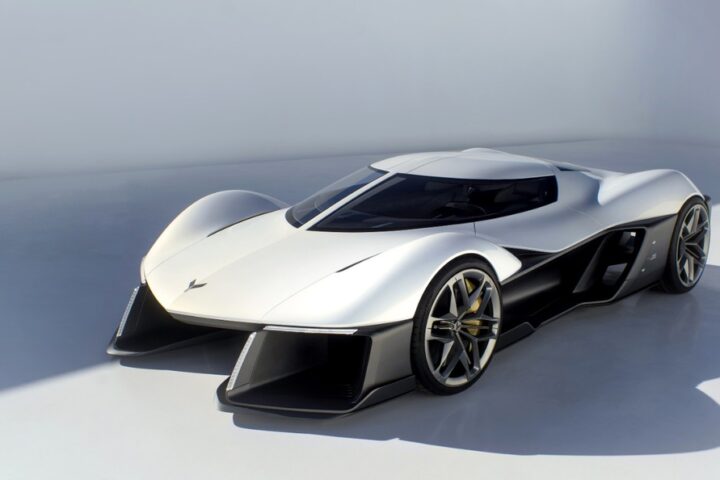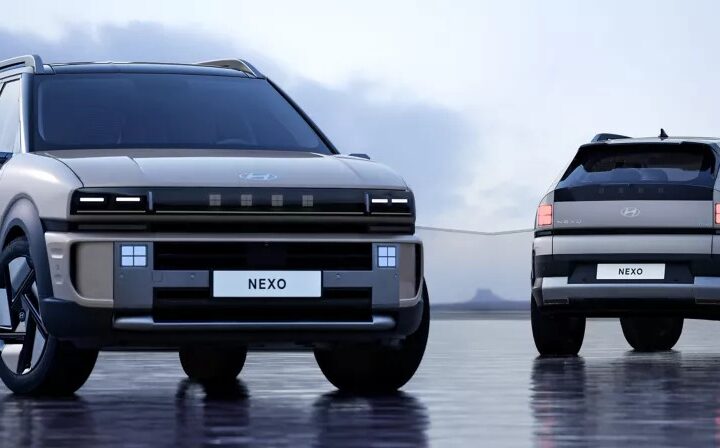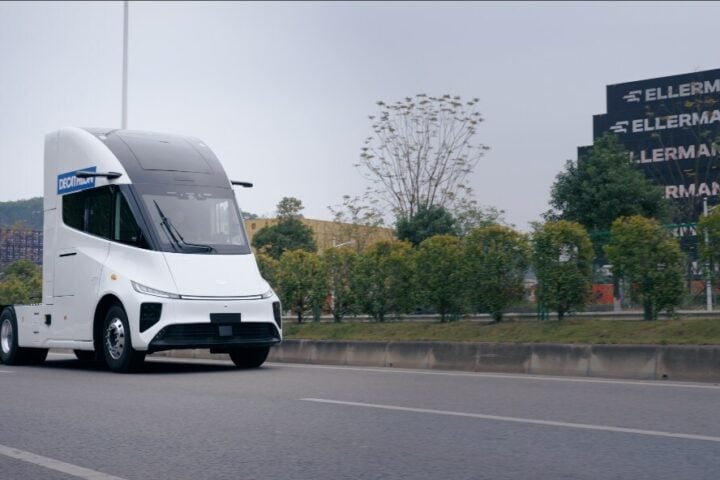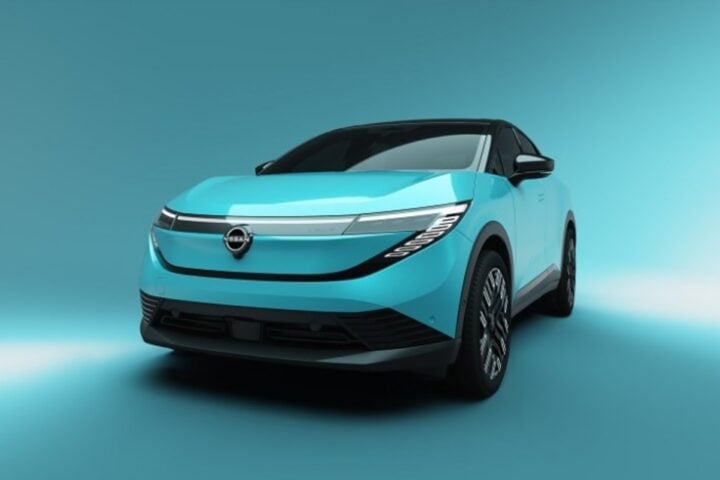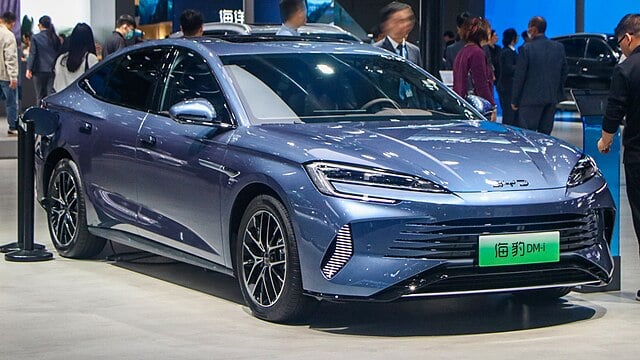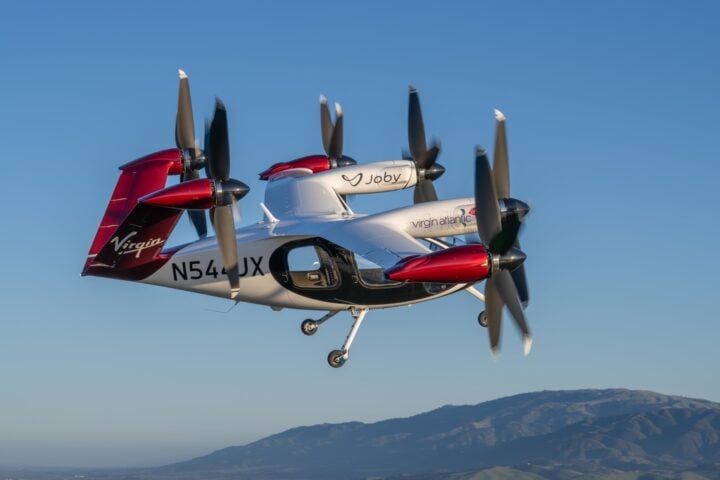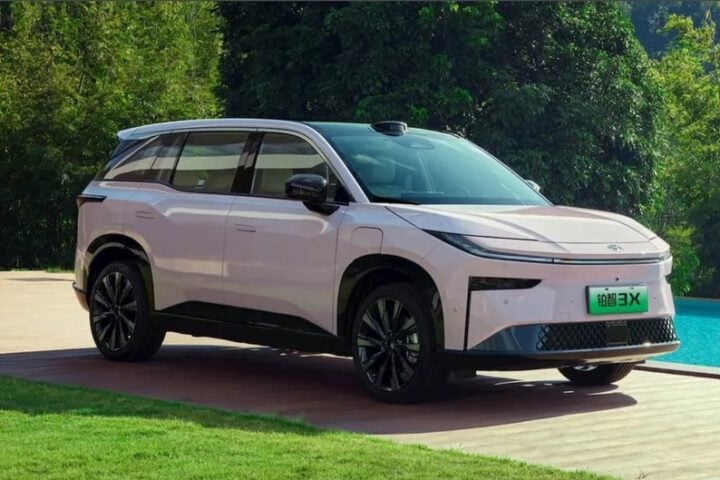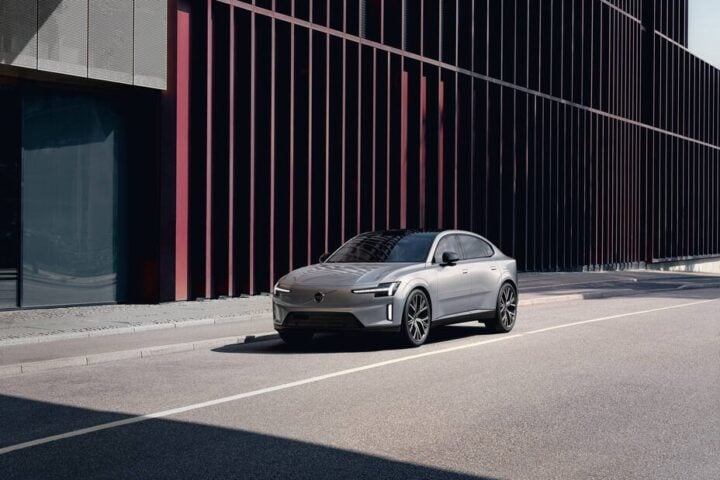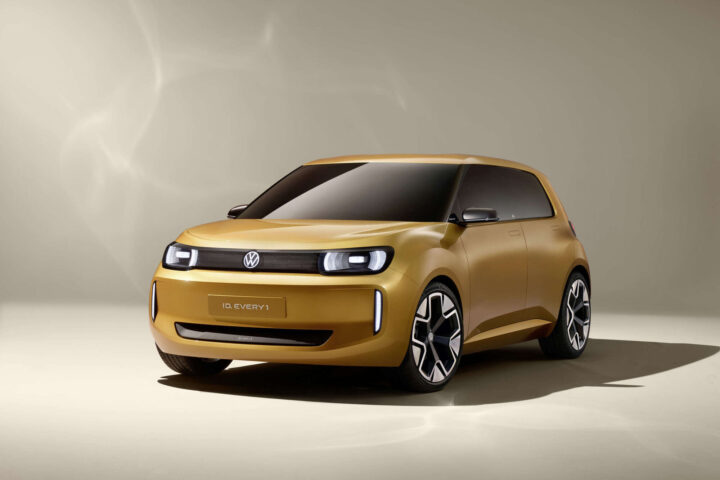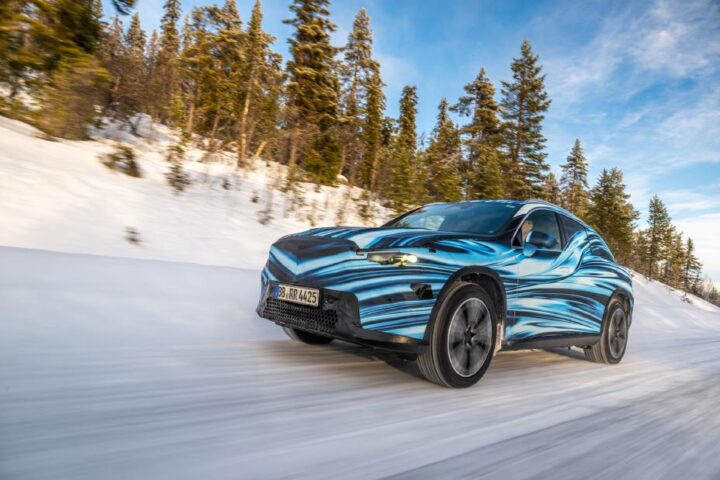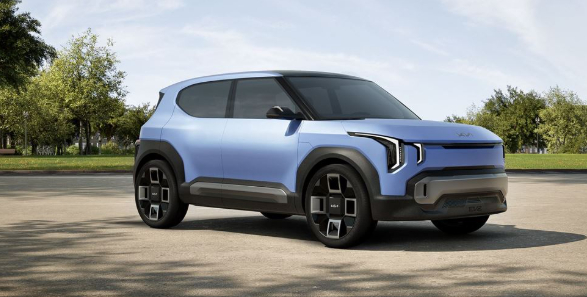When Hurricane Milton hit Florida last October, most streets went dark. But in some neighborhoods, the streetlights stayed on. These weren’t ordinary lights – they were solar-powered lights made by Tampa company Streetleaf.
These lights can handle winds up to 160 miles per hour. These solar lights are built to withstand Category 5 hurricanes and tropical storms. During recent storms like Milton and Helene, they kept working even when more than 3 million Floridians lost power.
“Our lights stay on when communities lose power, and this is happening more often with stronger hurricanes,” says Streetleaf CEO Liam Ryan. His company has put up over 8,000 of these lights since 2019.
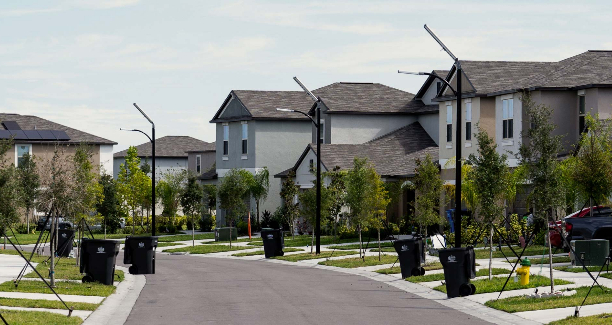
The lights are different from regular streetlights in several ways. They don’t need to connect to power lines. Each light has its own solar panel and battery. Once charged, it can run for five days without sunshine. That means streets stay bright even during long storms.
These lights are also smart. They can tell someone at Streetleaf when something might break, before it happens. The remote monitoring dashboard can control brightness settings and identify potential problems before an outage occurs.
Similar Posts
The company is now pushing to install more lights across Florida through its “Shine On Florida” program. They promise to set up new lights within three months after someone orders them. If ordered before April 1, they’ll be ready before hurricane season starts in June.
Major companies are noticing. D.R. Horton, America’s largest homebuilder, recently chose these lights for its new neighborhoods. “Homeowners like knowing their streets will stay lit during storms,” says Brad Conlon from D.R. Horton.
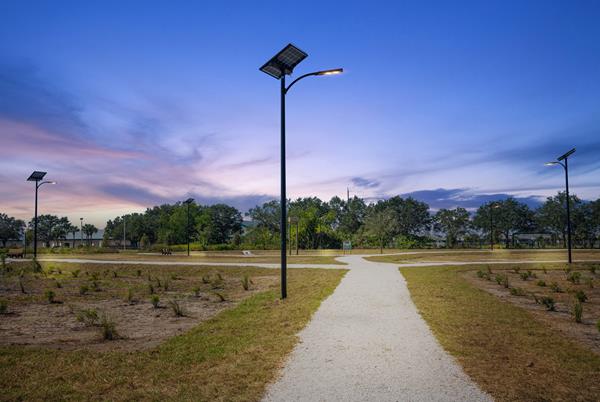
Scientists say Florida needs solutions like this. Princeton researcher Ning Lin warns that intense storms will happen more often. Another study shows hurricane blackouts might increase by 50% in some areas over the next ten years.
These lights help the environment too. So far, they’ve prevented about 2.6 million pounds of carbon dioxide from entering the air. The lights include dimming options and motion sensing features that can reduce light pollution.
As Florida faces stronger hurricanes, keeping streets lit becomes more important. Over 1,600 power stations and other critical buildings face flooding risks as sea levels rise. Solar streetlights offer one way to keep communities safe when regular power fails.
